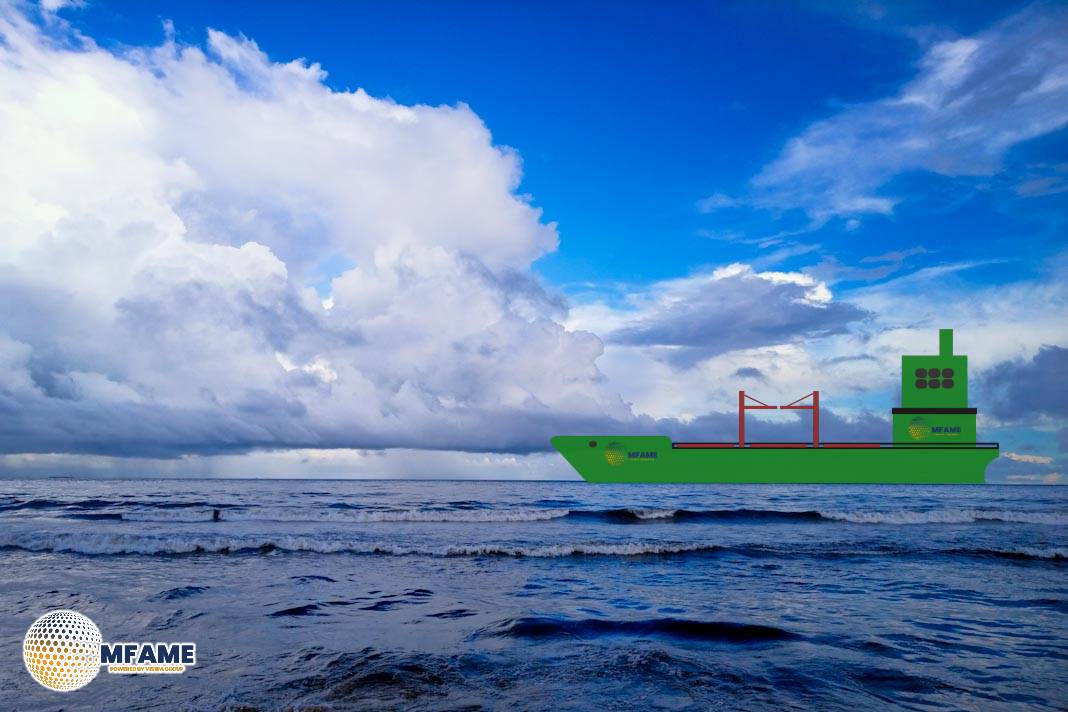- China Remains Central to Sanctions-Evasion Flows.
- Oil-on-Water Volumes Surge Toward 200 Million Barrels.
- Fleet Utilisation Reaches Highest Level in Five Years.
Iran’s crude and condensate exports have hovered between 1.5 and 1.7 million barrels per day (mbd) in 2025, showing a year-on-year increase of about 6% and a remarkable 25% rise compared to 2023. This marks the most stable performance we’ve seen since 2018, showcasing the growing maturity and resilience of Iran’s strategies to navigate sanctions, reports Vortexa.
China’s Role and Established STS Supply Routes
Chinese refiners are still the primary consumers of Iranian oil, utilizing well-established ship-to-ship (STS) transfer hubs scattered throughout Southeast Asia. These reliable and well-organized routes are the backbone of Tehran’s export operations.
Oil-on-Water Surges as System Approaches Maximum Capacity
The volume of oil on the water has surged dramatically, jumping from 110 million barrels in late 2022 to nearly 200 million barrels by October 2025, which is a 45% increase year-on-year. This spike suggests that the fleet is operating at near maximum capacity: while cargoes keep moving, there are fewer vessels sitting idle. The quota limits imposed on Chinese refiners and their sensitivity to sanctions have also played a role in slowing down intake and extending storage times at sea.
Fleet Utilisation Climbs to Five-Year Peak
The utilization of Iran-linked tankers has soared from 43% in 2022 to 58% by October 2025, marking the highest level in over five years. Almost every tanker that can be deployed is currently in action, leaving very little spare capacity. Instead of chaos, this situation reflects a continuous optimization within the dark-fleet network.
A Dark Fleet Running as a Mature Supply Chain
Iran’s shadow fleet now operates like a well-oiled logistics machine. More than half of the Very Large Crude Carriers (VLCCs) and Suezmax tankers are over 20 years old, cruising at slower speeds to minimize wear and avoid detection. The newly added vessels primarily replace those that have been scrapped or sanctioned, keeping the fleet size stable rather than expanding. The system isn’t growing; it’s simply working harder to sustain its output.
Longer Routes and Rising Tonne-Days
Between 2022 and 2025, the average laden voyage distance has jumped from 70,000 to 77,000 nautical miles, marking a 10% increase. This change reflects a trend towards more winding routes through Southeast Asian STS zones on the way to China. Meanwhile, tonne-day demand has surged by nearly 30%, fueled by higher utilization and continuous movement rather than any operational inefficiencies. Even with near-record engagement, average speeds hover around 10 knots, only inching up when vessels spend less time idling between voyages.
Older Tonnage, Slower Speeds, Higher Operational Strain
Most VLCCs linked to Iran are cruising below 10 knots, a trend that’s particularly noticeable in AIS-monitored areas near major chokepoints like the Strait of Malacca. These slower speeds can be attributed to a few factors:
- Ageing fleets
- The need for better fuel efficiency
- Reduced detectability during dark or STS operations
It’s not that these vessels lack power; they’re simply being cautious with their engines and trying to avoid drawing attention. However, the fleet is running low on spare horsepower and operational flexibility.
A System at Its Limit
All the key indicators, oil-on-water volumes, voyage distances, tonne-days, and utilization—suggest that the network is operating at full capacity. This isn’t due to a drop in exports; rather, it’s because every available vessel is already on the move.
Mounting Pressure Without Additional Tonnage
According to Vortexa data, Iran can keep its current export levels steady, but the increase in oil-on-water to nearly 200 million barrels indicates rising pressure. Longer voyage times and delayed discharges are tightening flexibility. Without more ships or quicker cargo turnover, any further increases could lead to worse congestion and limit vessel availability.
Strategic Dependence on China and Fleet Condition
Given the current sanctions, new buyers or trade routes are pretty much off the table, so the resilience of exports hinges on a few key factors:
- Keeping the fleet well-maintained
- Replacing vessels on time
- China’s willingness, both politically and commercially, to keep accepting sanctioned crude
For independent refiners in China, discounted barrels are a boon, which means Tehran’s ability to export relies heavily on geopolitical tolerance and logistical stamina.
The Dark Fleet: Asset and Bottleneck
Iran’s dark fleet is crucial, but it also represents a significant structural bottleneck. With utilization hitting a five-year high and oil-on-water levels nearing record highs, the real challenge isn’t just getting barrels out of Iran, it’s making sure they can actually be discharged. If offshore congestion isn’t addressed, the system will stay stuck at sea, leaving little room or time to ramp up flows any further.
Did you subscribe to our daily Newsletter?
It’s Free Click here to Subscribe!
Source: Vortexa

























